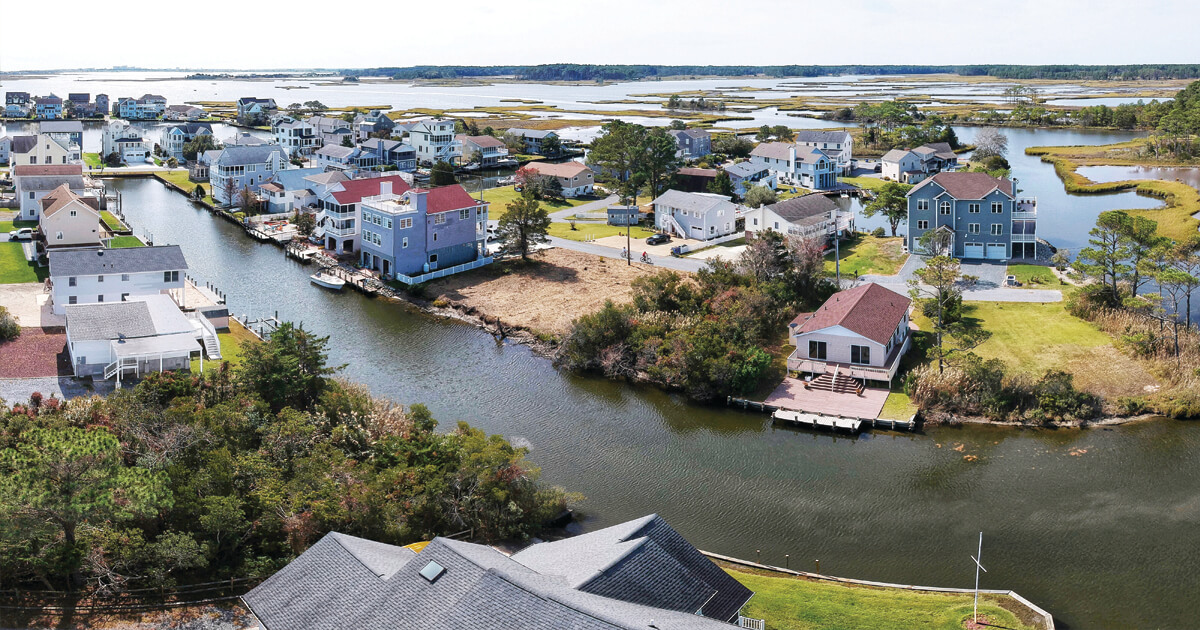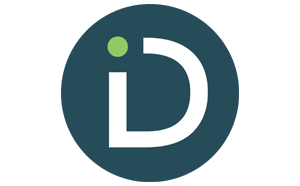The private residential flood insurance market has grown rapidly but remains small compared with overall homeowners insurance. Private residential flood premiums were roughly $0.5 billion in 2024 with policy counts roughly doubling since 2020, yet private share of homeowners remains low. Economic flood losses far exceed insured losses, leaving a large protection gap that private insurers are gradually addressing.
Private Flood Market Differences vs NFIP
The NFIP, administered by FEMA, provides a federal alternative with standardized policies. When the government is operating normally, new NFIP policies have a 30-day waiting period.
- Coverage limits and flexibility: Private policies often offer higher limits and more flexible terms than NFIP’s statutory limits, and can include options NFIP does not provide.
- Pricing and risk selection: Private carriers use advanced analytics and risk-based pricing, which can produce lower prices for lower-risk properties and higher prices or limited availability for high-risk properties.
- Speed and service: Private insurers typically issue policies faster and may provide faster claims handling.
How a Government Shutdown / NFIP Lapse Interacts with the Private Flood Market
If Congress allows a shutdown that lapses National Flood Insurance Program (NFIP) authorization, the program would stop issuing new policies and would not process renewals or endorsements until reauthorization, while existing policies remain valid until their scheduled expiration.
- Demand shock: If NFIP cannot write new or renewal policies, demand for private policies will spike in areas where private options exist, pushing up prices and potentially exhausting capacity in some regions.
- Coverage gaps persist: Many inland and lower-density areas lack private options; homeowners there would face few alternatives and could become uninsured despite NFIP lapses.
- Reinsurance and industry capacity: The expansion of private flood has been supported by global reinsurers and Lloyd’s capacity, which helps absorb some incremental demand but does not eliminate regional shortfalls after large events.
How Stakeholders May Be Affected
- Homebuyers and mortgage closings: Buyers in markets with private options (coastal metros, higher-value homes) may be able to obtain private coverage to complete closings, but many buyers—especially in rural or inland areas—may find no acceptable alternatives, stalling transactions.
- Lenders and regulators: Some lenders accept private flood policies; others require NFIP coverage or specific endorsements—this inconsistency can complicate closings during a lapse.
- Prices and availability: Expect localized premium increases and tightening underwriting in high-risk neighborhoods; underwriting discipline means some high-exposure properties may be uninsurable privately or priced prohibitively.
What Property Owners Can Do Now
It’s always the right time to think about Flood Insurance. There are still two months remaining in the 2025 Atlantic Hurricane season and as of today, two active hurricanes off the East Coast.
- Check private-market availability: Get quotes from private insurers early if you have an upcoming closing or an expiring NFIP policy.
- Confirm lender acceptance: Verify that your lender will accept the specific private policy before relying on it for a closing.
- Understand policy terms: Compare limits, deductibles, waiting periods, and exclusions—private contracts differ from NFIP policies.
Your insurance agent will help guide you through uncertain waters. Reach out to Delmarva’s flood insurance experts at Deeley Insurance Group today. Call or text 410-213-5600.
Deeley Insurance Group was voted “Best Flood Insurance on Delmarva” by readers of Metropolitan Magazine in the 2025 Best of Delmarva survey.








